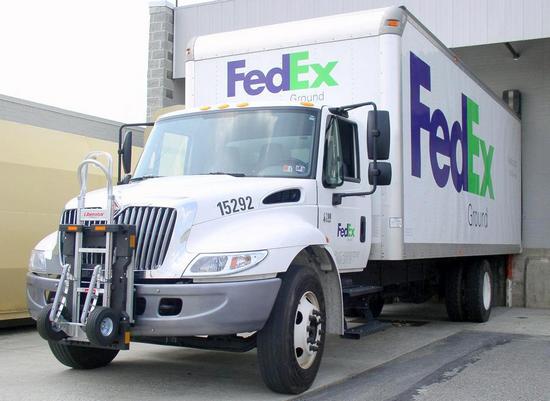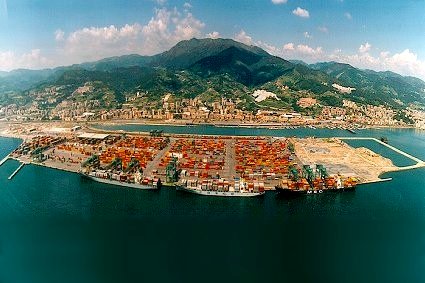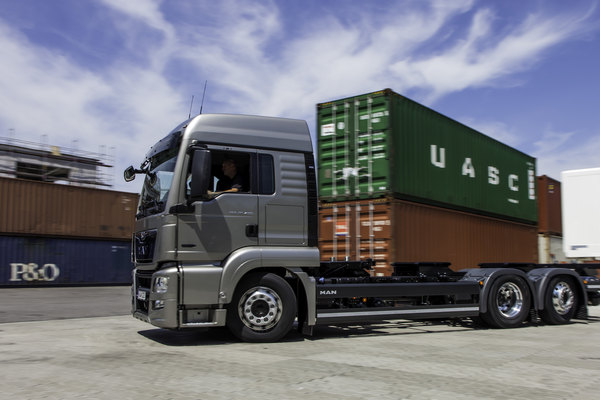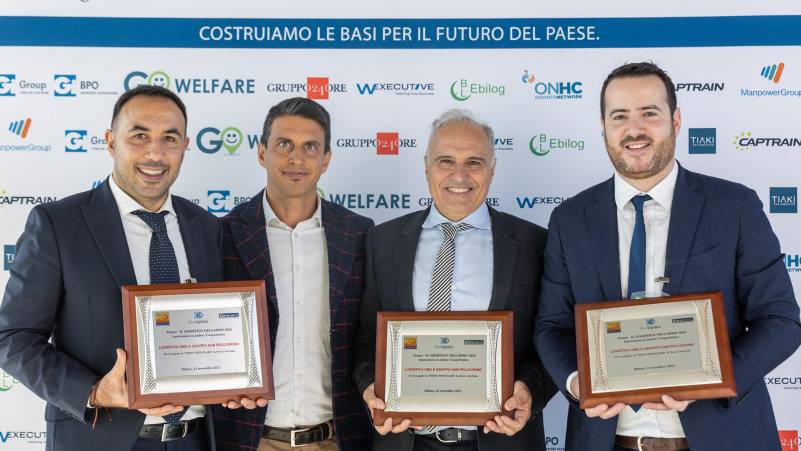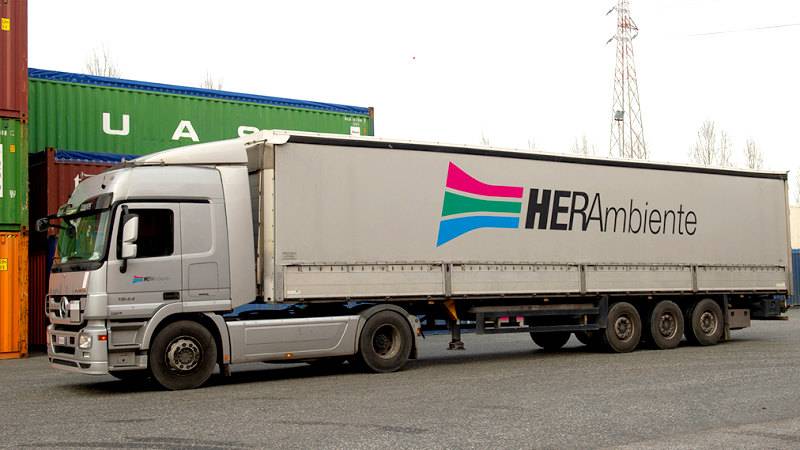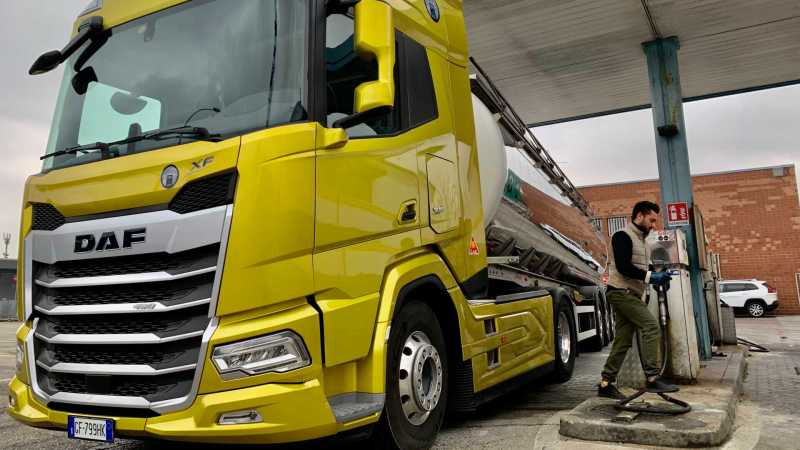The European road transport sector is experiencing a period of moderate slowdown, according to the "European Road Freight Rate Development Benchmark Q2 2024" report by IRU, Upply, and TransportIntelligence. The report highlights a drop in contractual rates alongside a slight recovery in spot rates, despite increasing operational and fuel cost challenges.
In Q2 2024, the index for contractual rates fell to 127.1 points, a decrease of 1.3 points compared to the previous quarter. Conversely, the spot rate index rose to 127.7 points, up 3.5 points quarter-on-quarter. On an annual basis, spot rates increased by 0.8 points, while contractual rates saw a modest decline of 0.7%. This trend reflects ongoing uncertainty in demand, although with signs of mild recovery. According to the report, retail sales in the Eurozone rose by 0.3% compared to the previous quarter and by 0.4% year-on-year, contributing to the stabilization of spot rates.
On the cost side, road hauliers remain under pressure, with average operating costs up 1.2% from the previous quarter. Labor and vehicle insurance costs rose by 1.2% and 3%, respectively, though at slower rates than in the past. The report indicates that rising costs are beginning to ease, providing slight relief on rate pressures. Diesel fuel prices initially dropped at the start of the quarter but climbed again in June, driven by rising crude oil prices. Brent crude stabilized at $82 per barrel in June, down from $90 in April.
The report provides an overview of key European routes, highlighting mixed trends. For example, on the Madrid-Paris route, contractual rates dropped by 1.7% in Q2, while spot rates surged by 4.2%. In contrast, on the Paris-Madrid route, contractual rates increased by 4.1% from the previous quarter, with an impressive 18.8% year-on-year rise in spot rates.
In Italy, national contractual transport rates in Q2 2024 reached 111.3 index points, a 2.6-point increase from Q1, but a 0.6-point decline year-on-year. Spot rates grew more rapidly, rising from 109.9 points in Q1 to 117.5 points in Q2, although they experienced a 1.7-point year-on-year decrease. The gap between spot and contractual rates now stands at 6.1 index points.
Looking ahead to 2025, a moderate recovery in road transport volumes is forecast, with a projected 1.6% growth compared to 2024. However, the market remains heavily influenced by external factors, including global geopolitical tensions and ongoing economic uncertainty. Road freight demand is expected to be driven mainly by private consumption, which the EU projects will grow by 1.3% in 2024 and 1.7% in 2025.
A persistent issue facing the sector is the severe shortage of truck drivers in Europe. The report reveals that over 233,000 driver positions were unfilled in 2023, and 44% of European companies expect further difficulties in recruiting staff in 2024. Larger companies are less affected due to their greater resources to attract drivers, but labor costs continue to strain the sector.
To exacerbate the situation, several European nations are introducing new toll systems based on CO2 emissions. Germany has already launched such a program, and countries like Sweden and Denmark are set to follow in the coming years, further increasing costs for transport operators.
In conclusion, the report highlights a European road transport market that is gradually stabilizing, with spot rates showing slight growth due to recovering consumer demand. However, contractual rates may continue to face downward pressure in the short term due to weak industrial demand and ongoing geopolitical uncertainties affecting the energy market.



